PROTECT YOUR DNA WITH QUANTUM TECHNOLOGY
Orgo-Life the new way to the future Advertising by AdpathwayThere are several benefits to collecting seeds from your garden plants in the late summer and fall. It’s a practical and rewarding way to propagate your favorite plants, and it offers substantial savings. You can enjoy a steady supply of your favorites year after year without having to purchase new ones.
Fall seed collection places you at the advantage of collecting from the healthiest, most vigorous, and most beautiful of your plants. Over time, this leads to improved genetics in the garden. Of course, reputable seed companies typically offer high-quality seeds. However, by collecting them yourself, you can select the plants that you know will thrive best in your environment.
Another benefit of collecting from your August garden is the connection it brings to your space. It fosters a deeper connection with the garden’s cycles and supports biodiversity as well. Saving them enables you to preserve the plants that have adapted traits favorable to your environment.
I love collecting from my favorite plants and swapping them with other nearby gardening friends. It’s a great way to collect a wide range of plants that you can be certain will grow well in your region. August is an ideal time to collect seeds from many of our favorite summer-blooming plants.

Zinnia
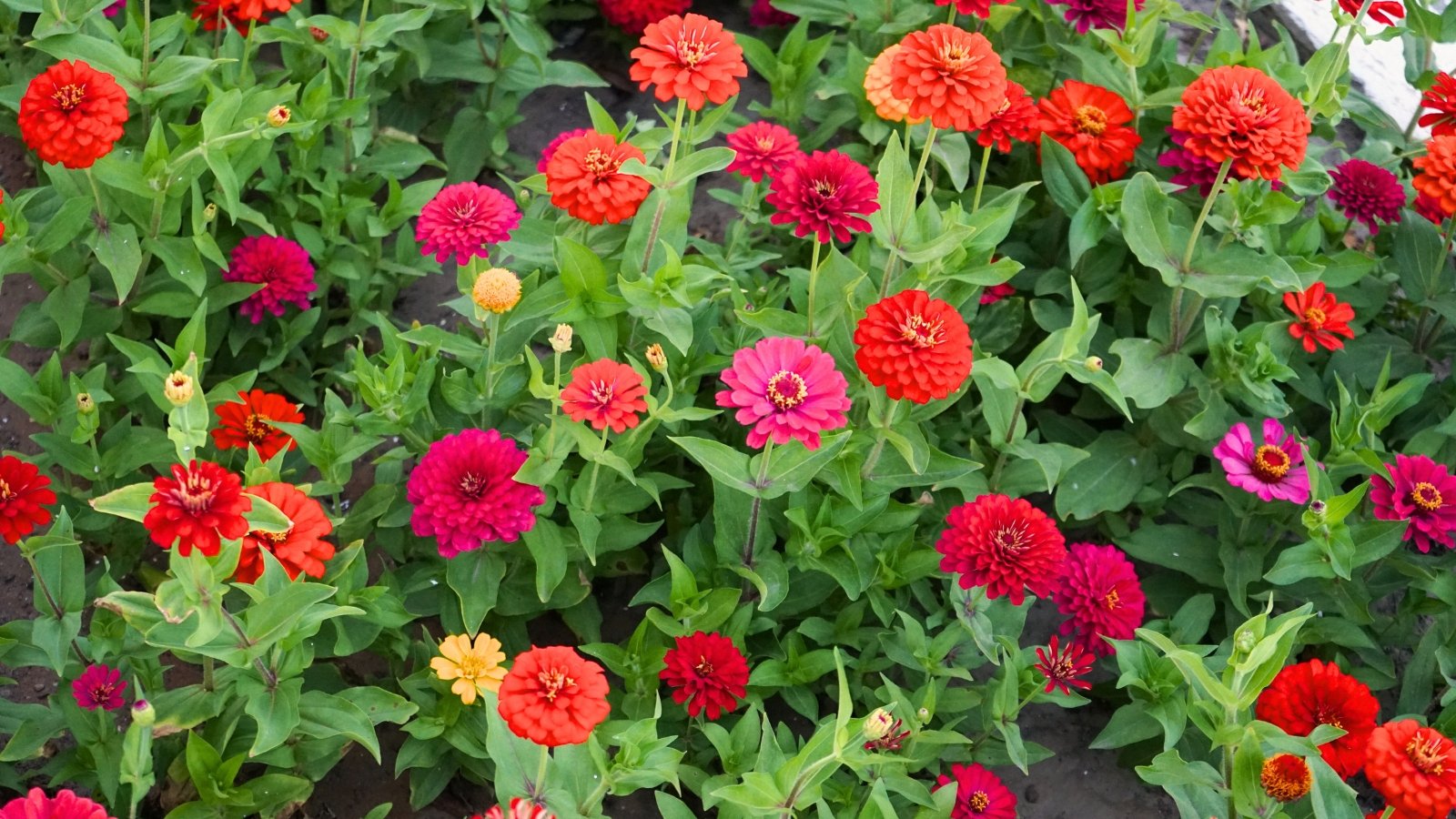 A few dried blooms mean plenty of seeds for next season.
A few dried blooms mean plenty of seeds for next season.Zinnias are one of my favorite flowers. They are wonderful for supporting pollinators and make an excellent addition to the cutting garden. Their cheerful colors last throughout the summer, brightening up flower beds and pollinator patches.
By August, you should have some seeds to collect from your zinnias. All you need to do is leave a flower or two to dry on your favorite specimens.
When the flower heads are fully dry and brown, pinch them off on a dry day. Peel the head open to reveal small, arrow-shaped seeds. Separate these and allow them to dry in a cool, dark spot for about a week before storing.
Coneflower
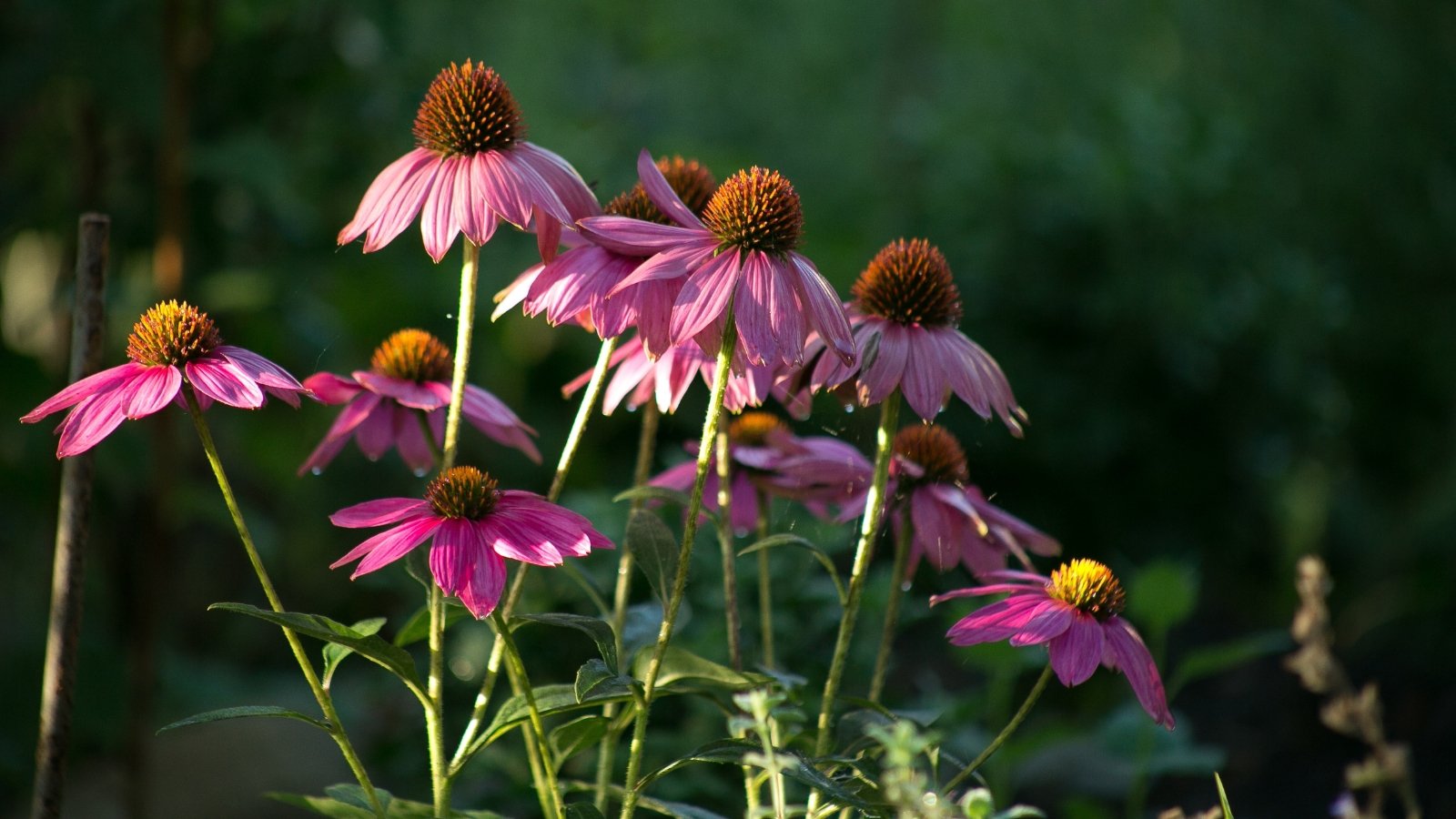 Leave some blooms to dry to ensure there are seeds ready for saving.
Leave some blooms to dry to ensure there are seeds ready for saving.Coneflowers are resilient, pollinator-friendly plants. Their bright, daisy-like flowers have large central cones filled with nectar. Collecting from these in August is easy. If you allow a flower or two to remain on the plant, they will turn brown and then black.
When the flower heads are black, hard, and dry, they are ready. Snip off the dried flower with harvesting snips, as the stems tend to be too tough to pinch with your hands. Put on a pair of gloves and rub the cone between your palms to loosen and shake out the seeds. Dry them for a week and store them in a paper envelope or an airtight jar.
Marigold
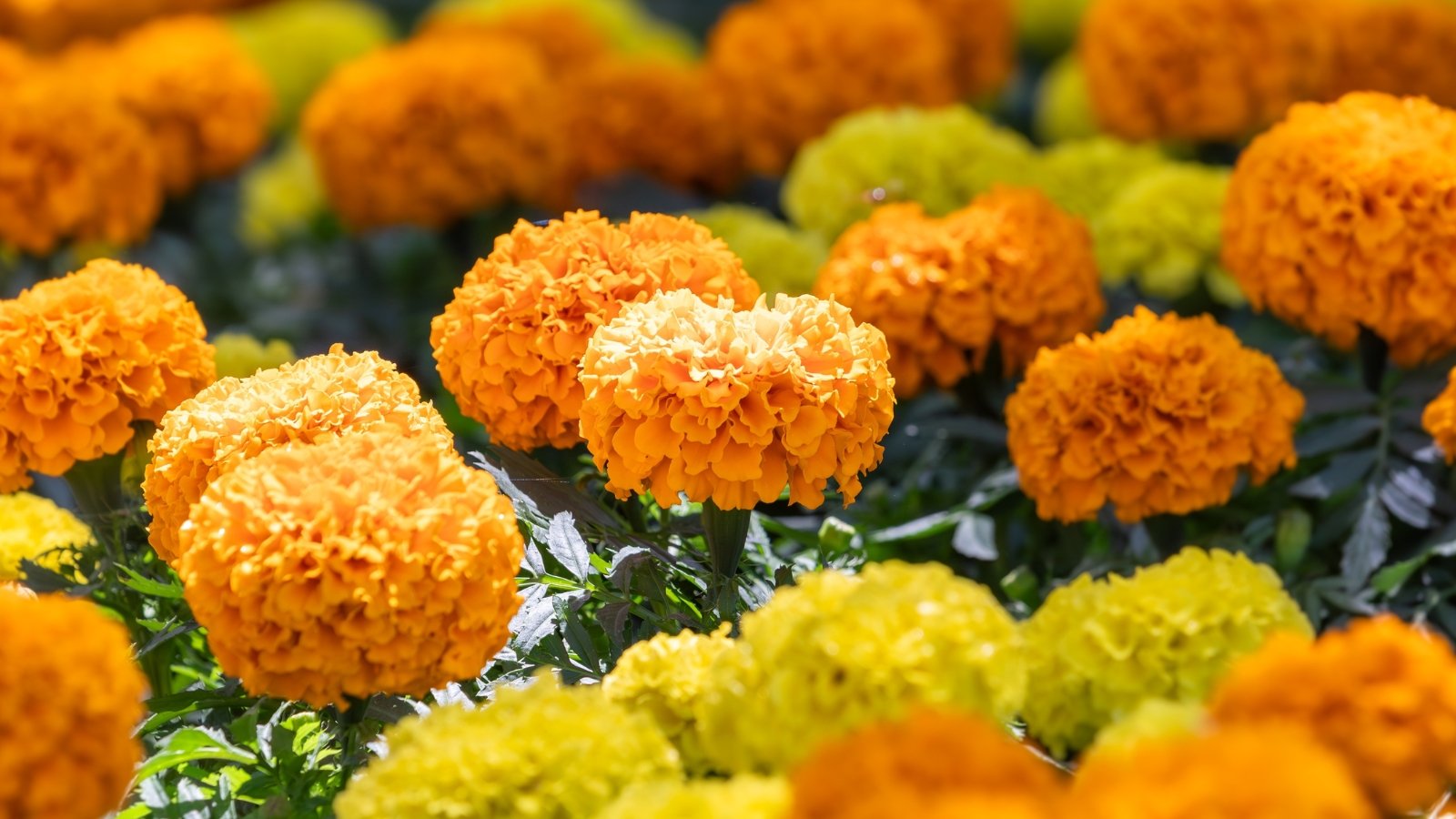 Snap off dry flower heads to find hidden tiny treasures.
Snap off dry flower heads to find hidden tiny treasures.August is a great time to collect seeds from your marigolds. It’s easy to do, and they grow well by direct sowing.
Marigolds are excellent for adding quick and easy color to your containers and flower beds. I typically deadhead mine until the fall, but you can leave a flower or two intact at any time to collect.
Look for dry, shriveled, brown flowers; these are mature. There will be few or no petals left, and the base will feel dry and papery. If they are mushy, let them dry out. Snap off the flower head and split the base open to reveal the seeds. Dry them for a week and then store them in a cool, dry place.
Sunflower
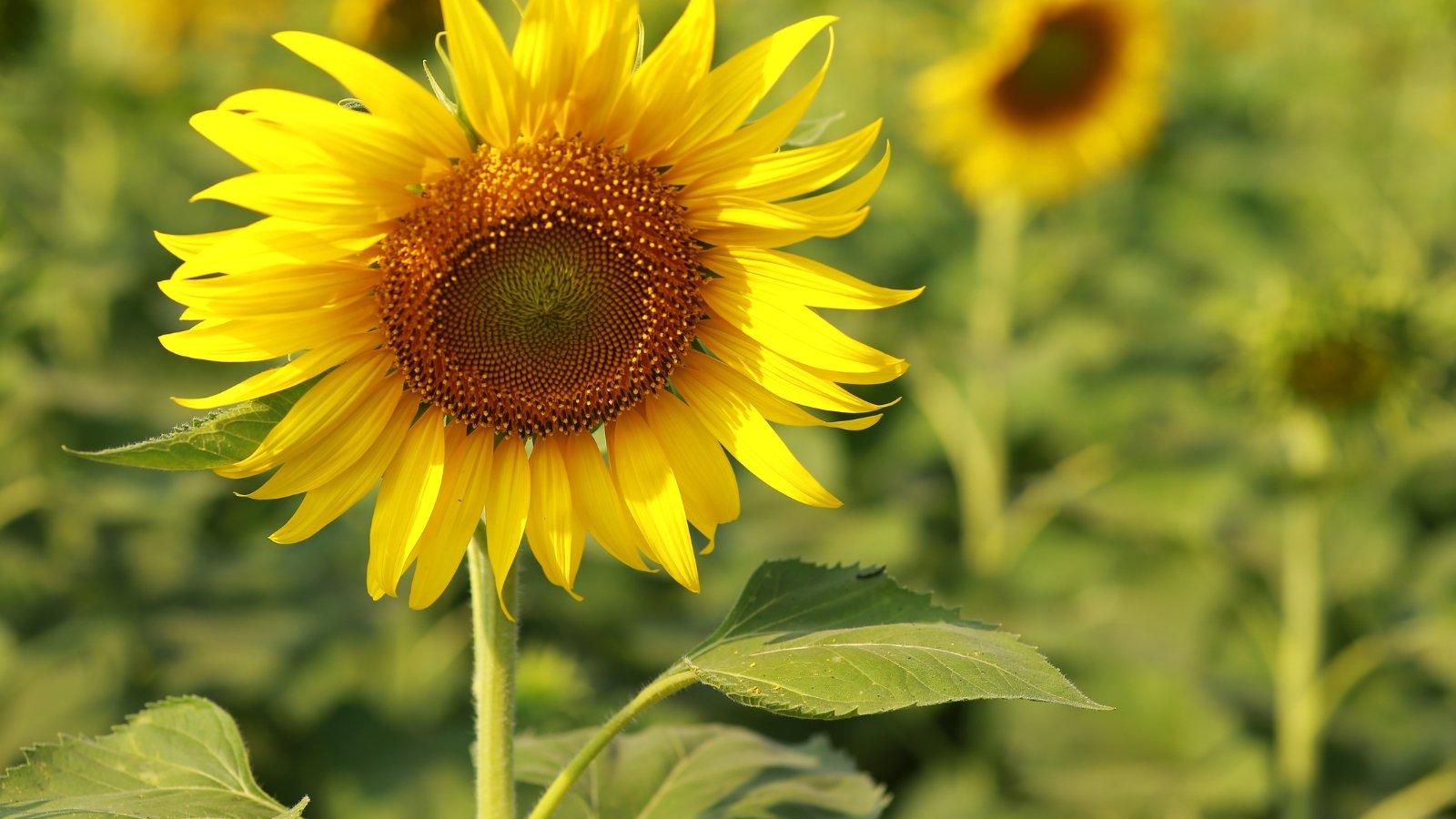 Waiting until heads droop makes gathering easier and more rewarding.
Waiting until heads droop makes gathering easier and more rewarding.Sunflowers planted in spring should be perfectly ready to collect seeds from in August. You may want to wrap the flower heads to protect them from animals while they ripen. Squirrels and birds love sunflower seeds! When the back of the seed head turns brown and it hangs down, it’s ready to collect.
Cut the head from the stalk and hang it to dry for a week or two to ensure the seeds are mature and ready to germinate. Once it’s dry, gently use your hand to work the seeds loose. You can twist the head back and forth to loosen them if they’re firmly lodged. Dry them in a cool, dry spot for a few more days before storing.
Calendula
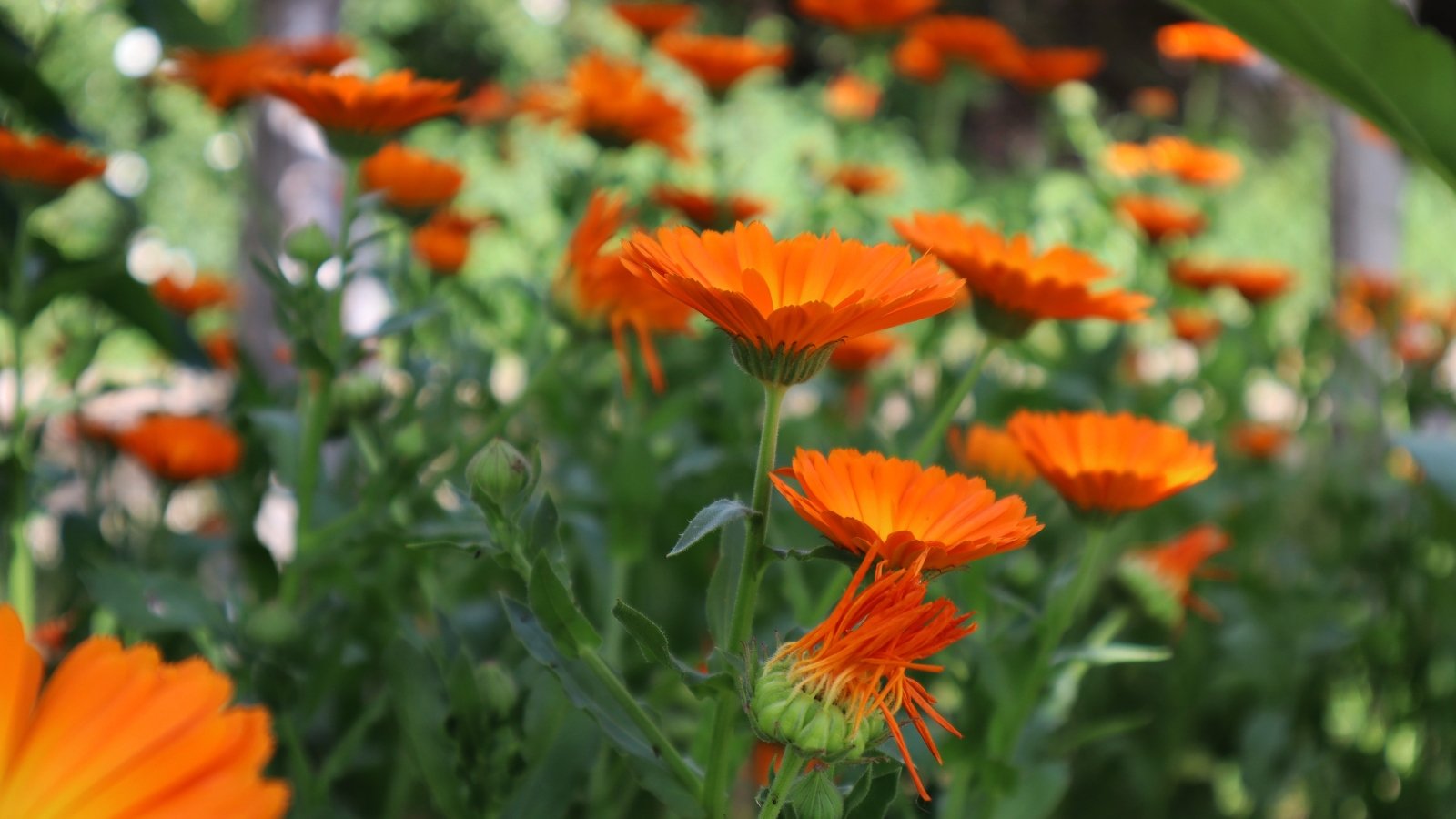 Early bloomers can surprise with seeds ready a bit sooner.
Early bloomers can surprise with seeds ready a bit sooner.Calendula seeds should be ready to collect in August if they bloom in late spring to early summer. In fact, they may mature even earlier.
Calendula flowers quickly, and the seeds are ready to collect a few weeks after the flowers fade. Wait until the heads are dry and brown on the plant.
You’ll see the flower head grow plump as the seeds ripen. Break it open and shake out the seeds. They will look like small, light brown crescents. They should come out easily if they are ripe. Dry them for about a week and store them in a dry, dark location.
Black-Eyed Susan
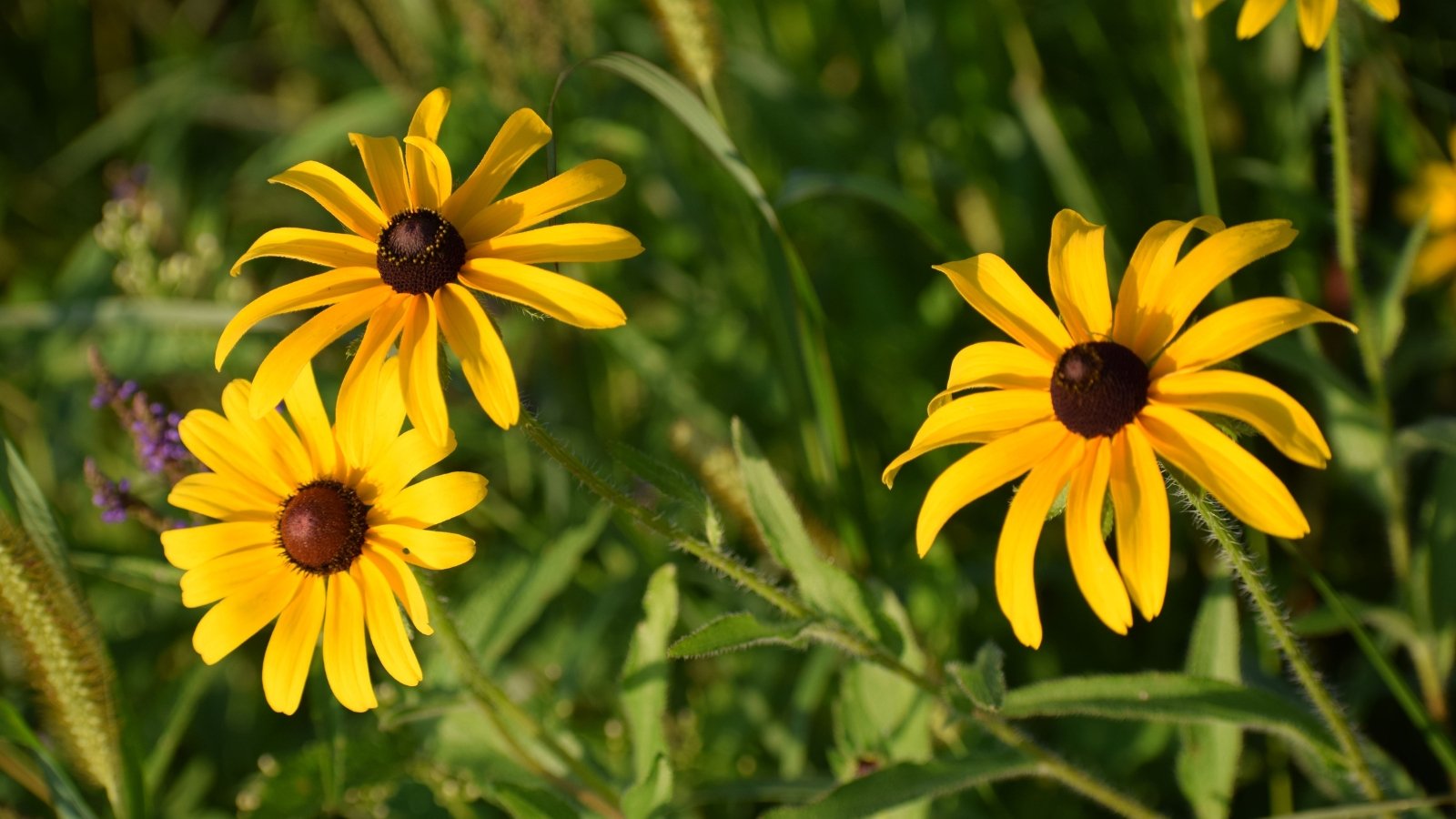 Letting flowers self-sow works well.
Letting flowers self-sow works well.Depending on your climate, August may be a bit early to collect black-eyed Susan seeds. In warmer climates, August is typically the ideal month.
Here in zone 9, these bloom in early and mid-summer, so by the end of summer, they are fading. These are easy to collect, but they also self-sow readily, so you can simply leave them to their own devices.
Wait until the flower heads are dry and brown. The cone will feel firm and rough, with few to no petals. The stems are tough, so use snips or scissors to cut the seed heads off. Rub them between your palms and shake them loose, then separate the seeds from the dried bits. Dry them for a week before storing.
Poppy
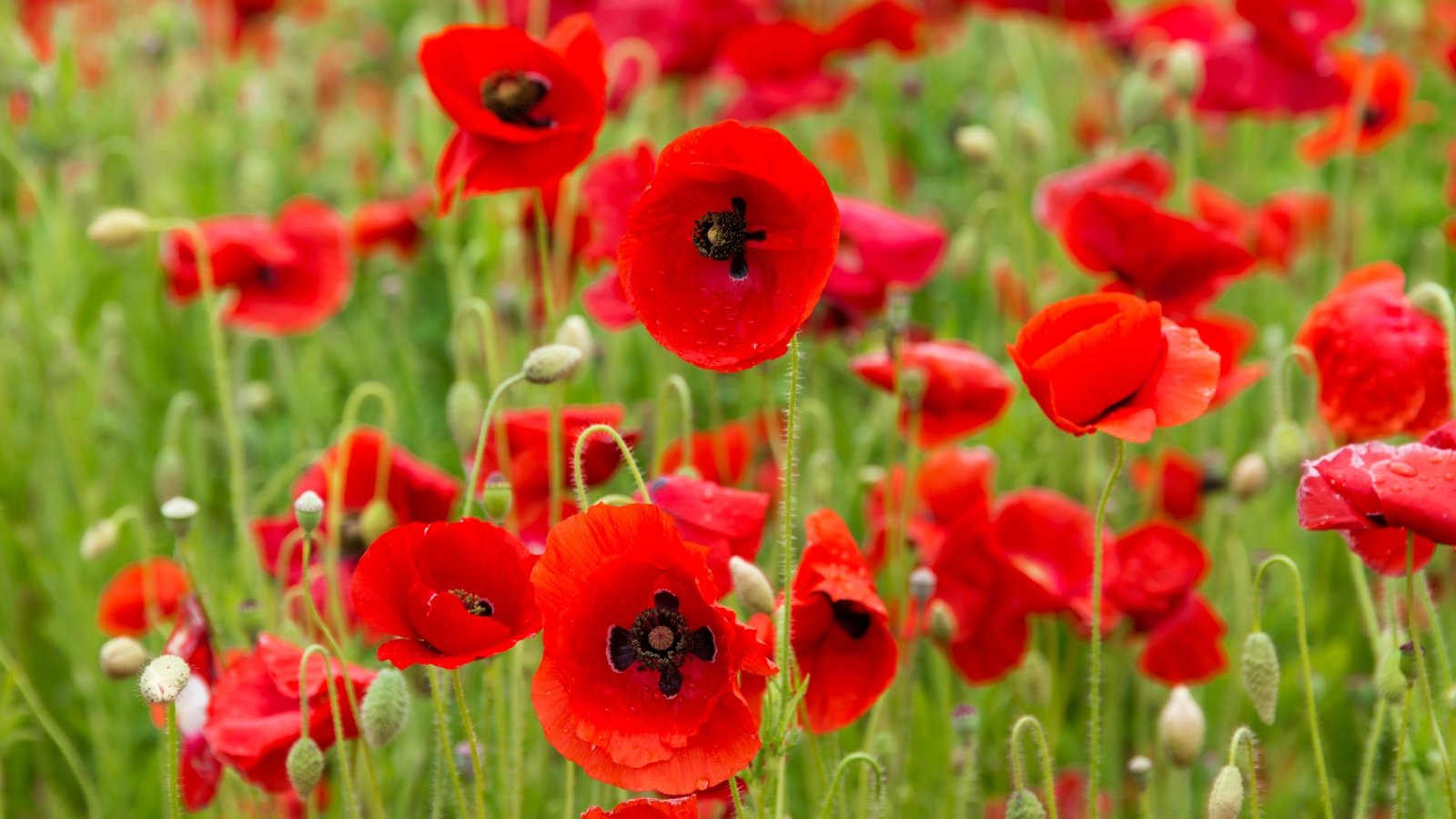 Snap off pods carefully on a sunny, dry afternoon.
Snap off pods carefully on a sunny, dry afternoon.Poppies bloom in late spring and early summer, so by August, the seeds are ready to collect. Poppy seeds are fun to harvest due to their distinctive pods. Wait until they are round and fully dry. When they are ready, the round cap will form small holes at the top.
If it’s ripe, the seeds should rattle a bit when you shake the pod. Wait for a dry day to snap the pods off the plant. You can pop the top off or simply turn it upside down and shake; they should come out easily. Dry them for a few days and then store them in a dry, dark spot.
Cosmos
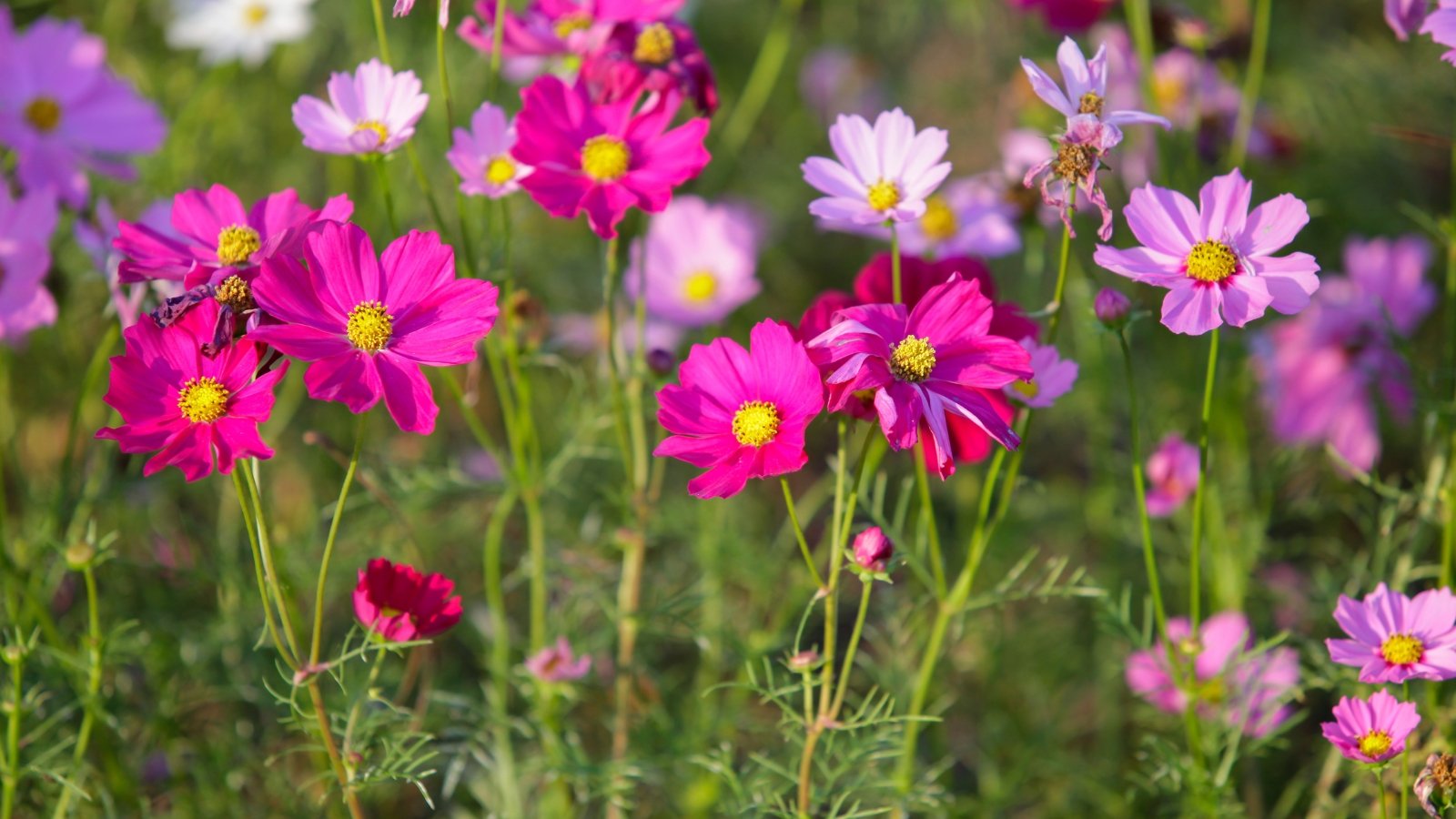 Strong plants usually produce the best seeds for next year.
Strong plants usually produce the best seeds for next year.You can collect cosmos seeds in August. These long-season bloomers are easy to collect from and produce loads of them. Wait until the seed heads are dry and brown, and the petals fall off. They look spiky or star-like, and the seeds are slender and dark.
Pinch off the flower head and rub it between your hands to release the seeds. If it’s ripe, they should fall out easily. Separate any debris and dry them for about a week. I find cosmos plants can vary widely in terms of their vigor, so I aim to collect seeds from a strong plant.
Love-in-a-Mist
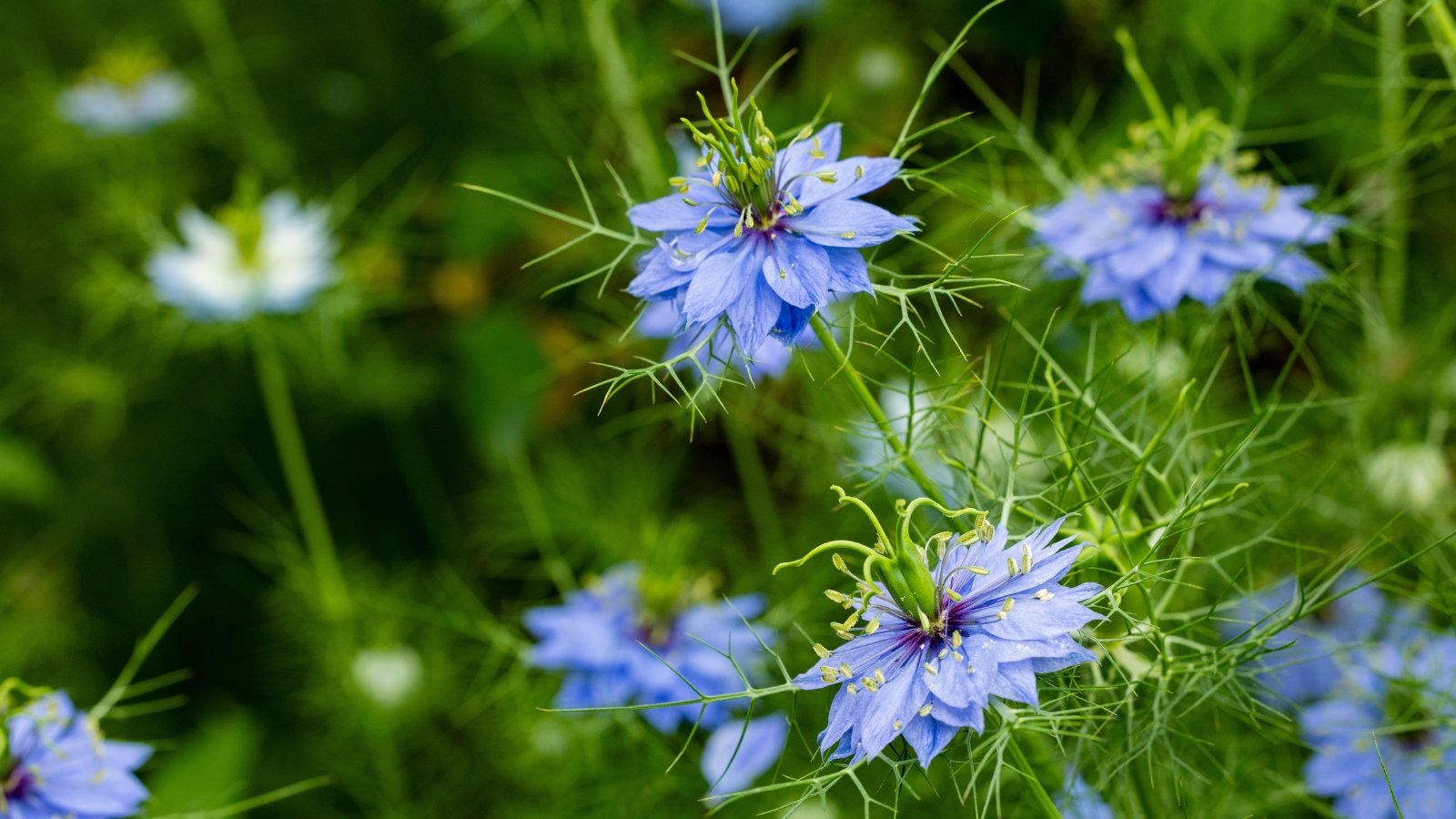 Harvest when pods feel dry and seeds start to rattle.
Harvest when pods feel dry and seeds start to rattle.Love-in-a-mist typically blooms in late spring, so by August, your seeds will be ready to collect. These may be ready even sooner.
These produce beautiful, balloon-like pods, so they are nice to leave on the plant for a while. Harvest them when the pods are light brown with a papery feel.
The seeds will swell as they ripen, and when you hear them rattle around in there, it means they’re ready. Cut the stems and gently crush the pods. Separate the small, black, teardrop-shaped seeds from the fragments before drying and storing them.
Bachelor’s Button
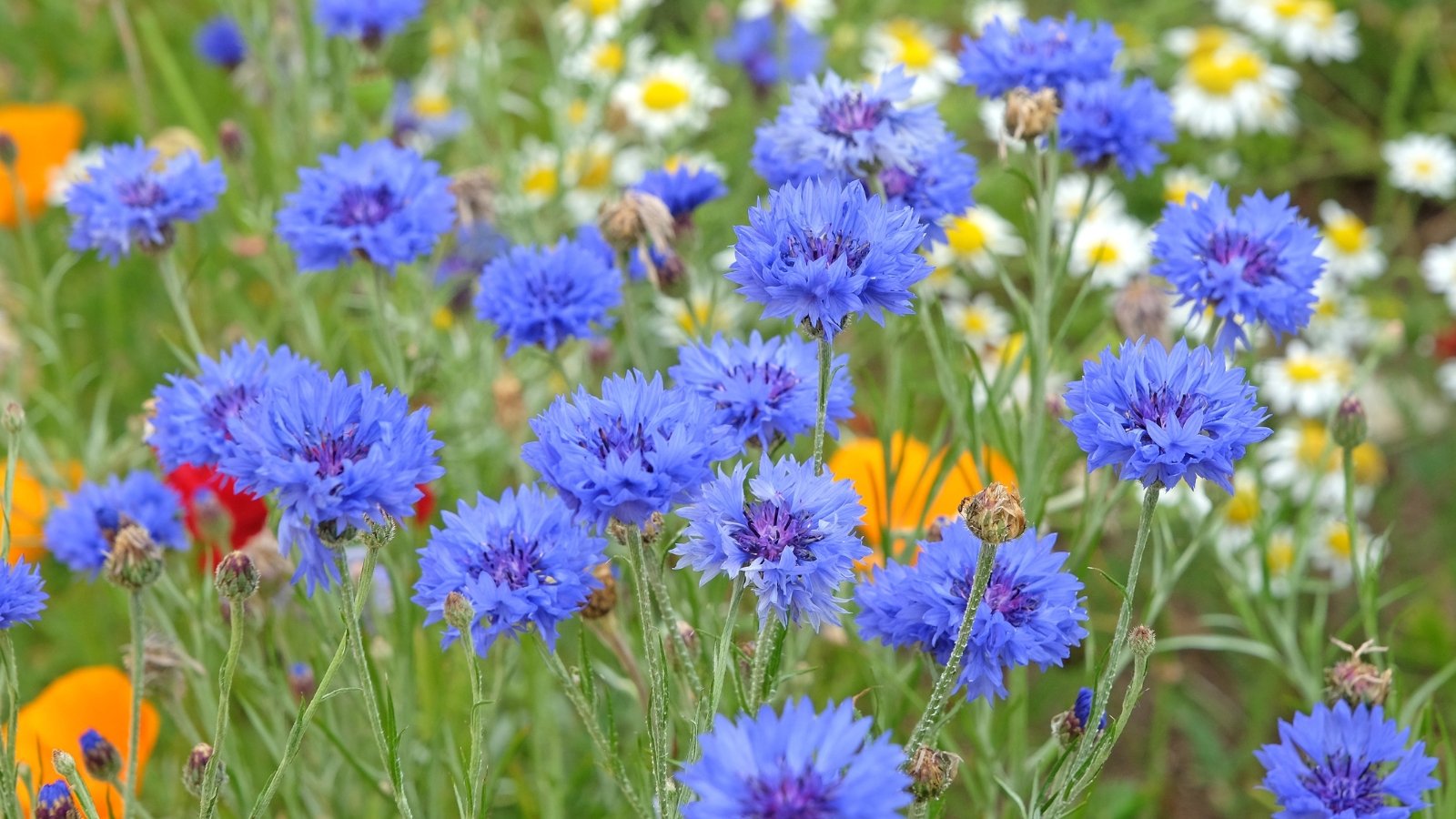 Wait until petals fall, leaving bristly cones behind.
Wait until petals fall, leaving bristly cones behind.Bachelor’s buttons typically bloom in late spring and early summer. They set an abundance of seeds and are easy to collect, and August is the prime time to do it. Allow the seed heads to dry on the stems completely before harvesting them.
When the petals fall off, you’ll have a tight, bristly cone left behind. This is the pod. Snip them off and rub the pods between your fingers to release the seeds. If they are ripe, the seeds will come away easily. Dry them and store them in a cool, dry location.
Cilantro
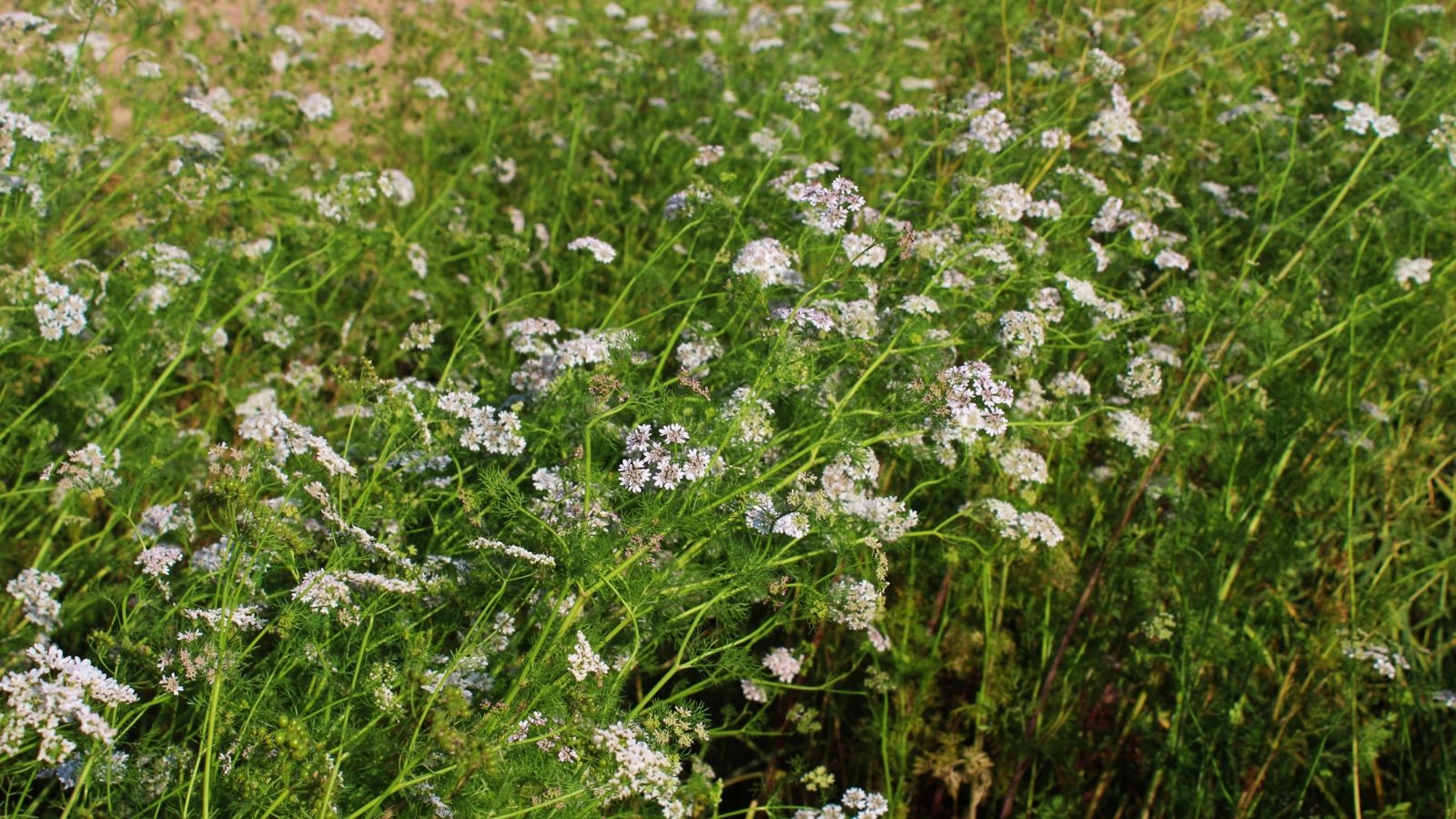 Snip off mature flower heads and let them dry well.
Snip off mature flower heads and let them dry well.If you want to collect cilantro seeds, you’ll need to allow your plants to bolt during the summer. The heat typically causes this, and if your plant flowers, allow it to.
It takes about a month for the seeds to mature after cilantro flowers. August is a good time to collect seeds if your plants flowered in early to mid July.
The flower heads will droop as a sign of maturity. The small, round, beige seeds will be firm when ripe. They should come off easily when rubbed. Snip off your flower heads and place them in a paper bag to dry for a week. Then shake or rub the seeds loose and dry them for a few more days before storing.
Dill
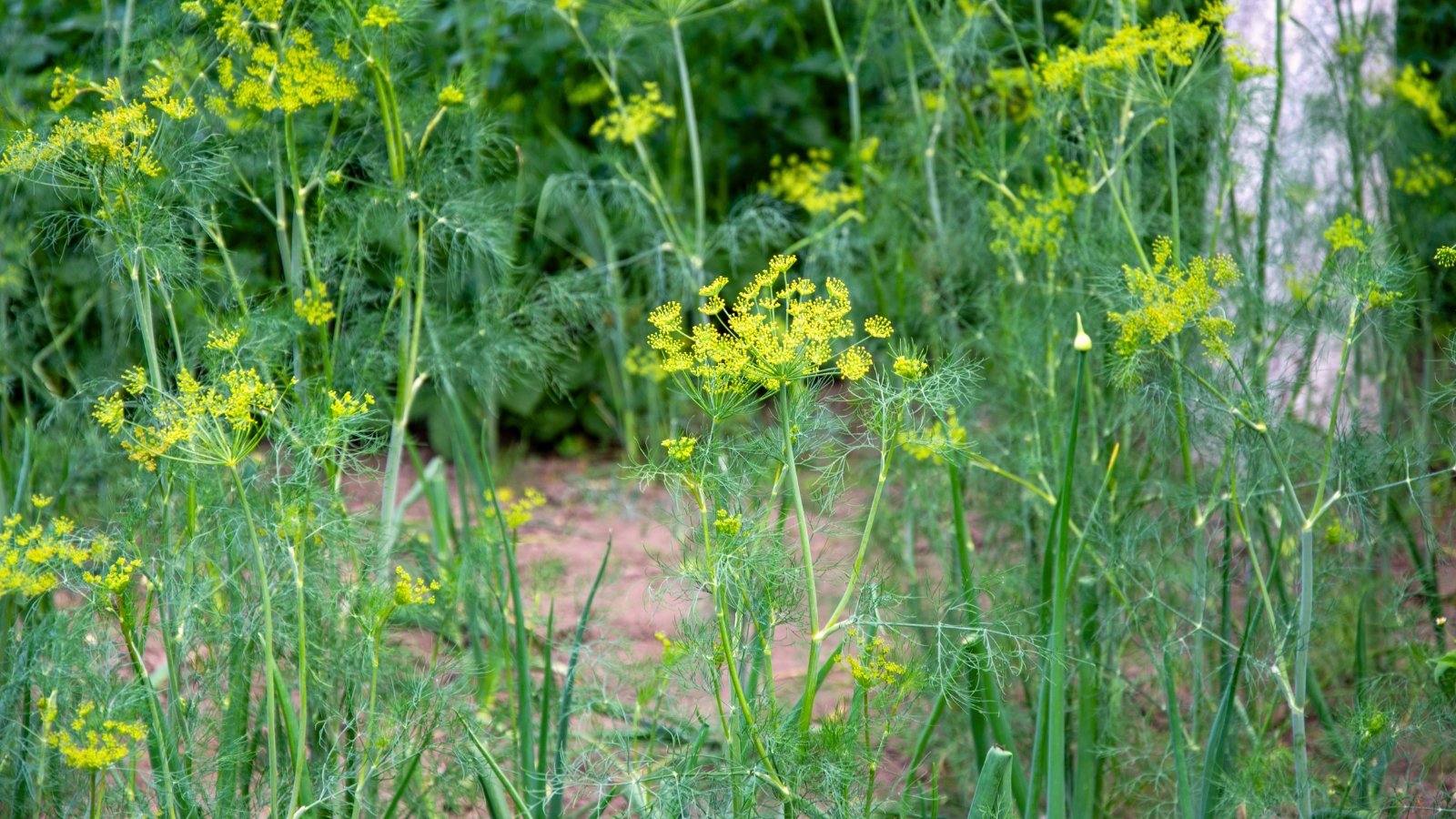 Umbrella-shaped blooms dry out nicely for easy gathering.
Umbrella-shaped blooms dry out nicely for easy gathering.Dill will flower in early to mid-summer if you stop pinching it. The umbrella-shaped flower heads make seed collection easy. By August, they should be ready. Allow them to turn brown and dry on the plant.
When the seeds are ripe, they will be flat, light brown, and oval-shaped. They should rub loose easily if they’re ready. Snip off the heads and place them in a paper bag to dry for a week. Then simply shake or rub them loose.
Snapdragon
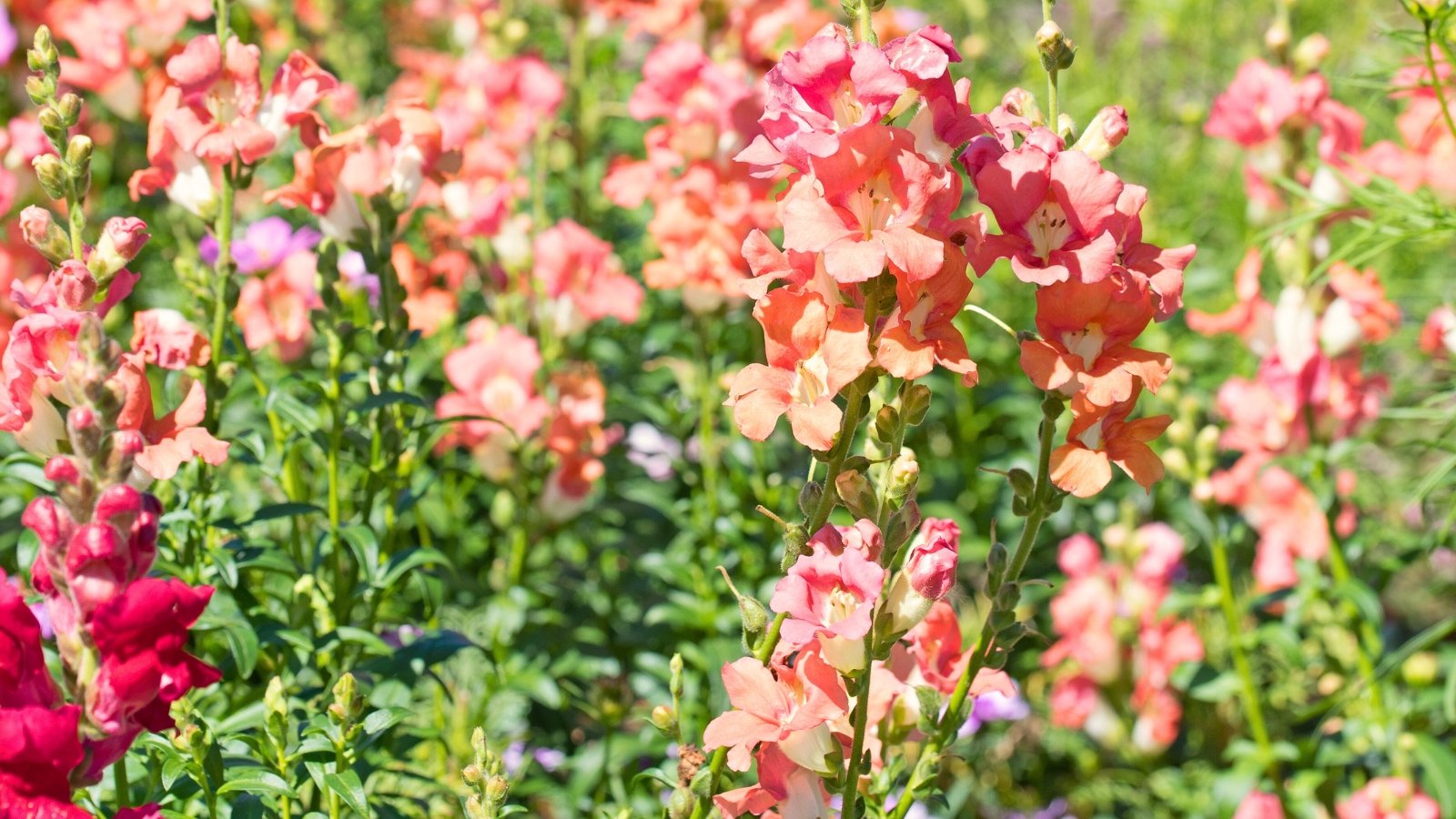 Vibrant blooms brighten up spaces from spring through summer.
Vibrant blooms brighten up spaces from spring through summer.Snapdragons are my favorite plant from which to collect seeds in August. They bloom from spring through summer.
Leave a few flowers on so that they are ready in August. The pods resemble tiny skulls when they are ripe. Wait until the pods are dark, papery, and dry to collect them.
Gently pinch off the pods and hold them over a plate or bag. Crush them between your fingers. If necessary, roll them back and forth to work the tiny seeds out. Lay them out to dry for a week and then store them in a paper envelope or an airtight jar.


 16 hours ago
6
16 hours ago
6
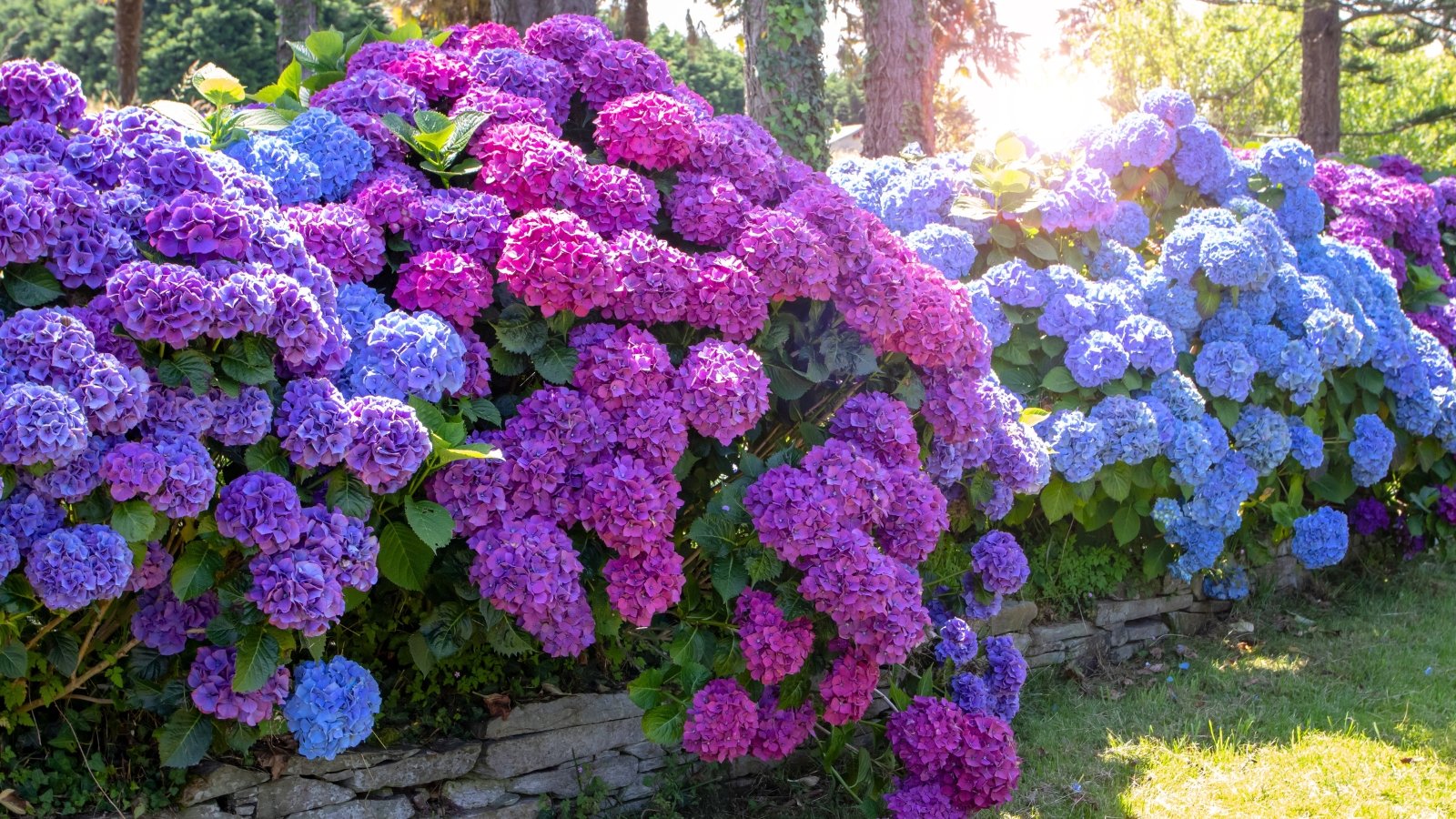


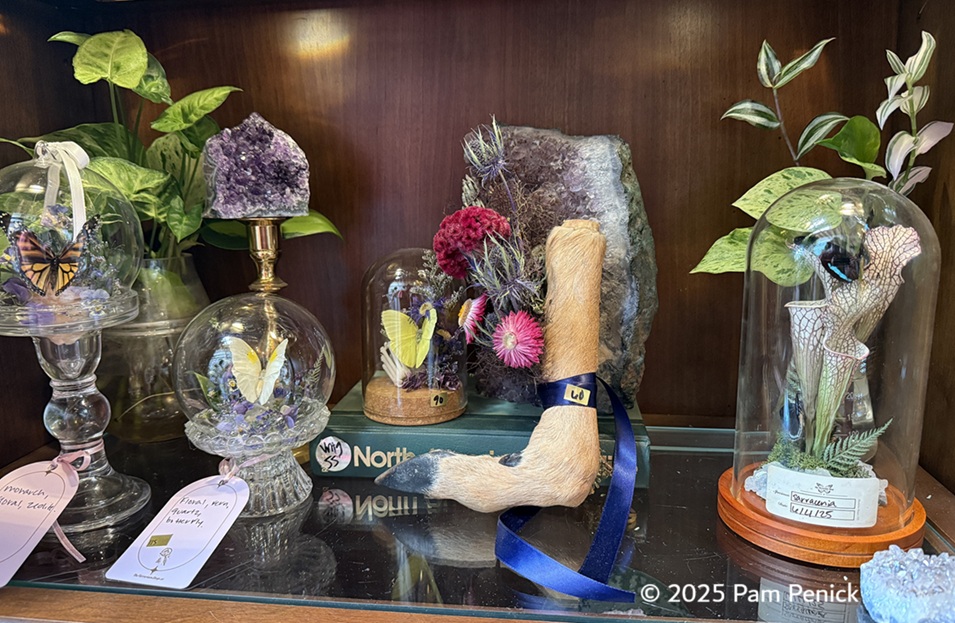

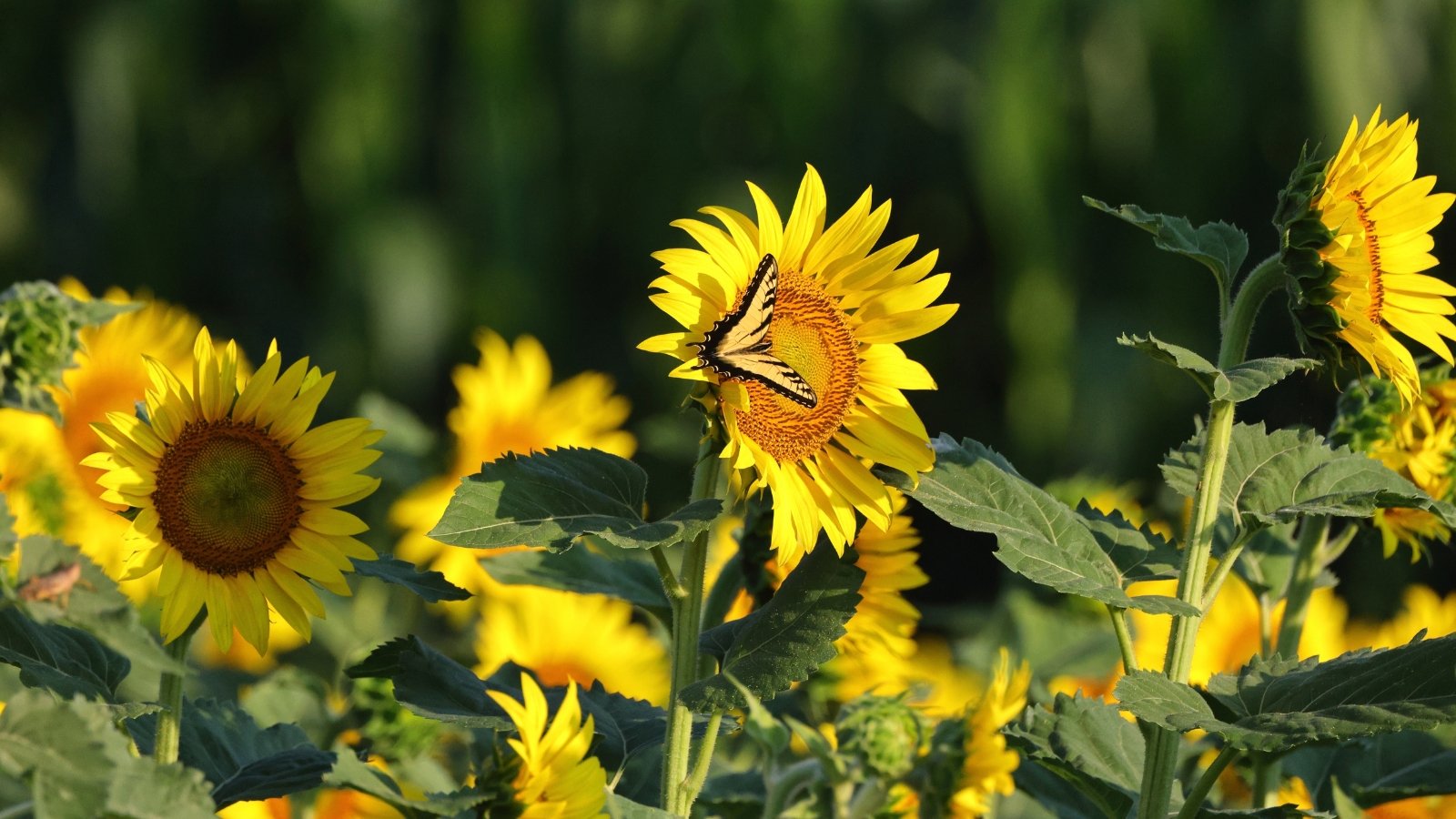
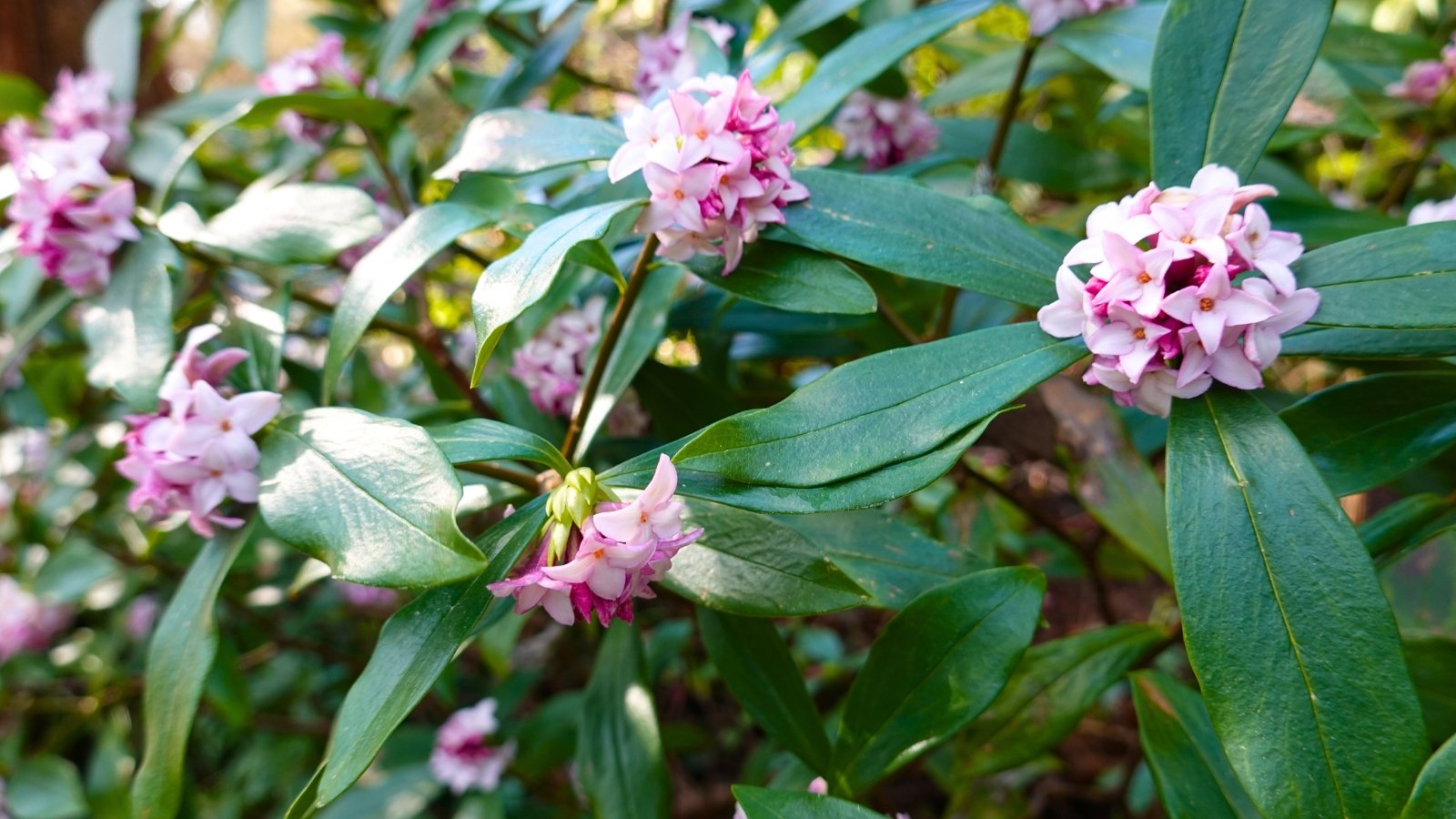














 English (US) ·
English (US) ·  French (CA) ·
French (CA) ·